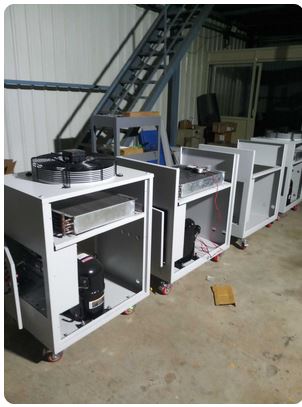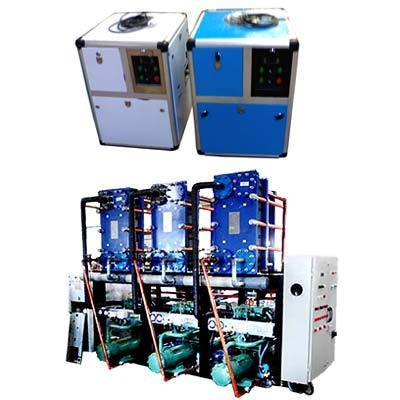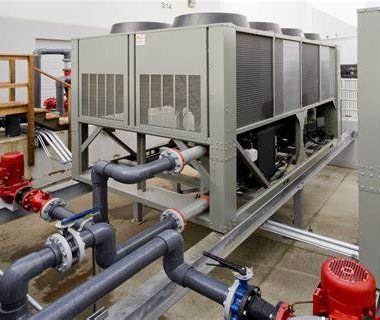Chiller Selection Criteria
Chiller Selection Criteria
Selecting the right chiller for a particular application includes considering different variables to guarantee ideal execution, energy proficiency, and cost-effectiveness. Chiller Selection Criteria, Here are some key criteria to consider when selecting a chiller:
1) Cooling Capacity:
- Decide the desired cooling capacity (in tons or kW) based on the heat load of the application. Consider components such as prepare heat gain, surrounding temperature, stickiness, and operating conditions to precisely size the chiller.
2) Temperature Range:
- Recognize the specified temperature run for the chilled water or cooling medium to meet the prerequisites of the application. Consider both the cooling and heating demands, if appropriate, and select a chiller with the fitting temperature control capabilities.
3) Type of Cooling Medium:
- Select between air-cooled or water-cooled chillers based on components such as water accessibility, quality, and natural considerations. Assess the preferences and limitations of each cooling medium and select the most appropriate option for the application.
4) Efficiency and Energy Consumption:
- Assess the energy efficiency of the chiller system by considering its coefficient of performance (COP), energy proficiency proportion (EER), or coordinates part-load esteem (IPLV). Select a chiller with high proficiency evaluations to minimize energy utilization and working costs over the long term.
5) Part-Load Performance:
- Evaluate the chiller’s part-load execution to guarantee efficient operation beneath varying stack conditions. Look for chillers prepared with variable-speed compressors, economizer cycles, or other highlights that optimize execution at part-load conditions and decrease energy wastage.
6) Footprint and Installation Space:
- Consider space constraints, establishment requirements, and availability when selecting a chiller. Select a chiller with a compact impression and adaptable establishment options to fit inside existing foundation and minimize development costs.
7) Reliability and Maintenance:
- Assess the reliability, durability, and support requirements of the chiller system. Select a legitimate producer with a track record of creating solid equipment and giving responsive specialized support. Consider components such as support interims, accessibility of components, and ease of servicing.
8) Control and Monitoring Features:
- Look for progressed control and checking highlights that improve system execution, productivity, and reliability. Consider highlights such as coordinates control systems, inaccessible checking capabilities, fault diagnostics, and predictive maintenance cautions to optimize chiller operation and minimize downtime.
9) Environmental Considerations:
- Evaluate the environmental impact of the chiller system, counting refrigerant sort, global warming potential (GWP), and compliance with environmental regulations. Select chillers with environmentally friendly refrigerants and economical plan highlights to minimize carbon footprint and back sustainability objectives.
10) Cost and Lifecycle Analysis:
- Conduct a lifecycle cost examination to assess the full fetched of possession over the chiller’s lifespan, counting introductory investment, working costs, support costs, and potential energy investment funds. Consider components such as payback period, return on investment (ROI), and long-term value when comparing distinctive chiller options.
By carefully assessing these criteria and selecting a chiller that meets the particular requirements of the application, facility supervisors can guarantee optimal execution, energy proficiency, and reliability whereas minimizing working costs and natural affect. Consulting with chiller producers, HVAC engineers, and industry experts can give important experiences and help within the chiller selection process.





